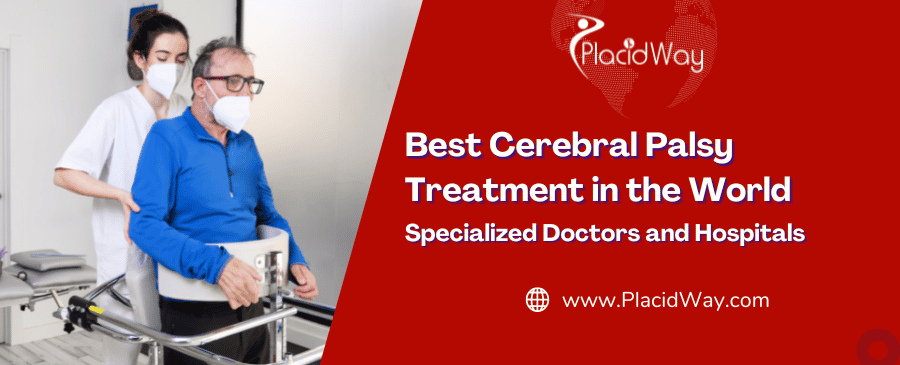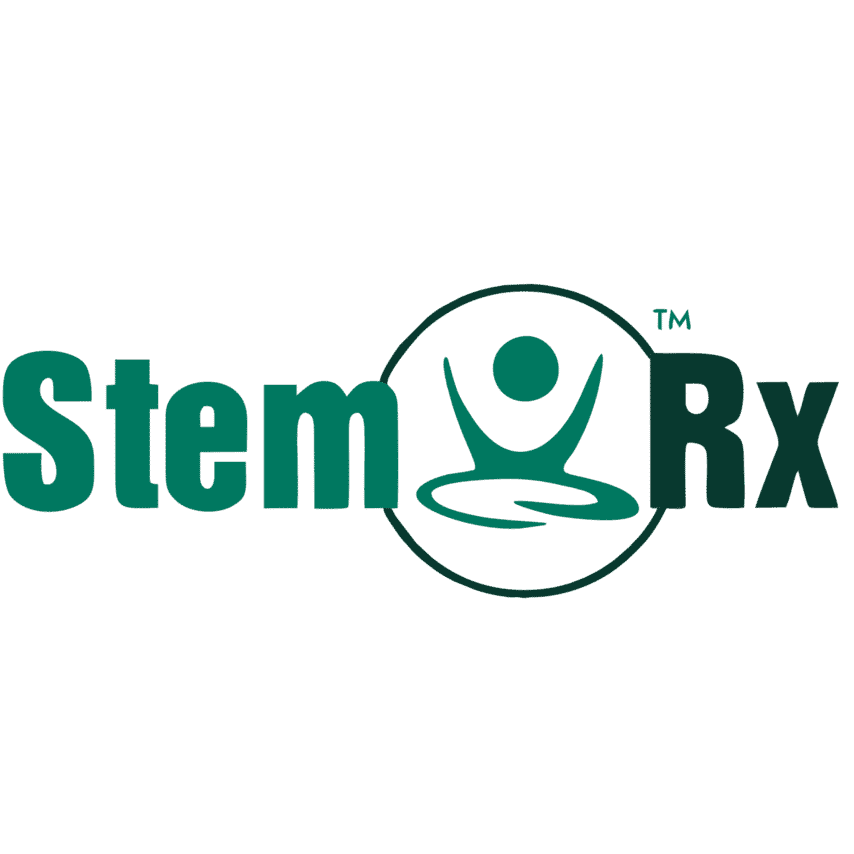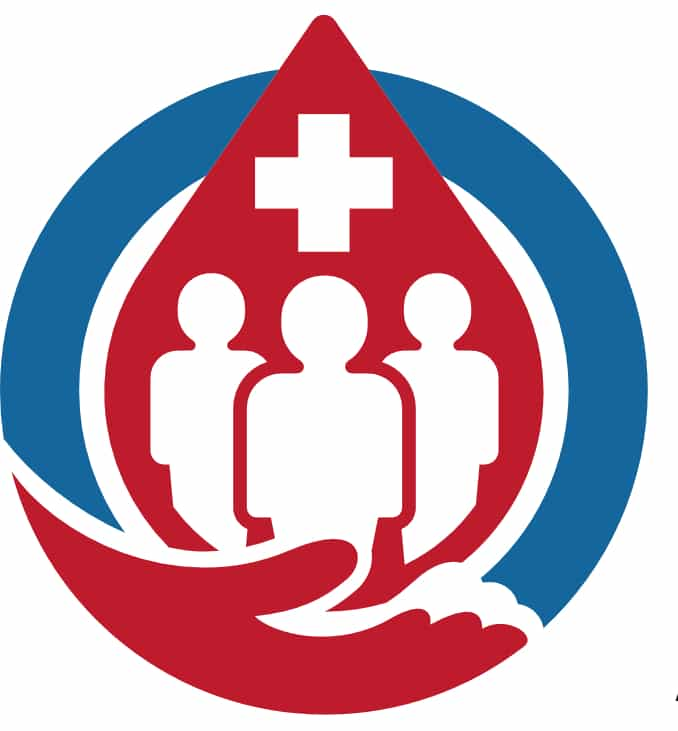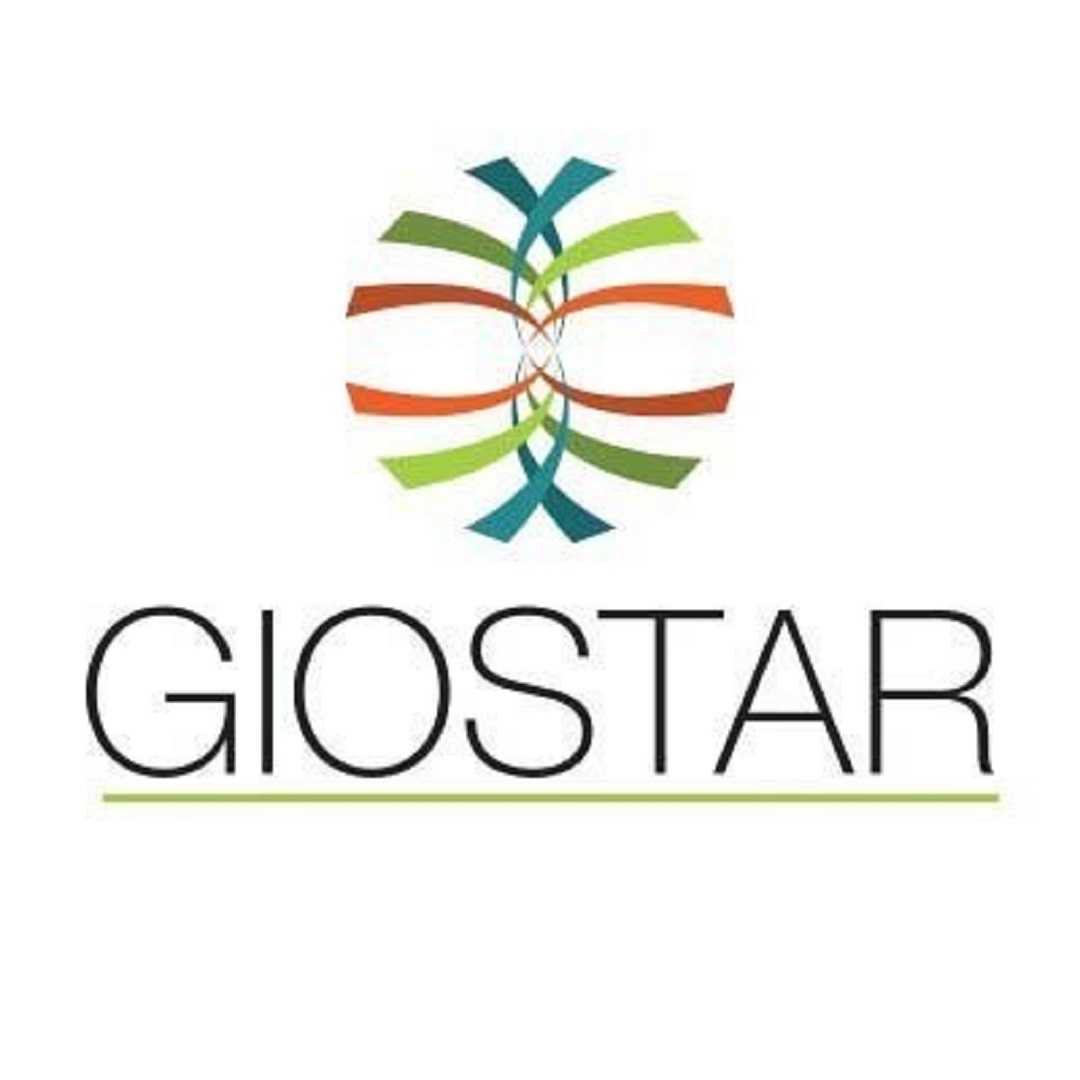
Cerebral Palsy (CP) is a group of permanent movement disorders that appear in early childhood. While there is no single "cure" for Cerebral Palsy, significant advancements in therapies, technologies, and medical understanding offer comprehensive management strategies to improve quality of life and functional independence. Many families seek the best Cerebral Palsy treatment in the world by exploring specialized centers that offer cutting-edge and multidisciplinary approaches.
Key Takeaways
-
Cerebral Palsy (CP) is a diverse condition requiring a highly individualized, multidisciplinary treatment approach focused on maximizing function and independence.
-
Rehabilitation therapies (Physical, Occupational, Speech) are the cornerstone of CP management globally.
-
Advanced treatments include botulinum toxin injections, oral medications for spasticity, and surgical options like Selective Dorsal Rhizotomy (SDR) and orthopedic surgeries.
-
Stem cell therapy is an emerging and promising, though still largely experimental, area of treatment for CP, aiming at neurorepair and regeneration.
-
The lifetime cost of caring for an individual with CP can be substantial (estimated at $1.6 million in 2025 in the US), making international options for specific procedures or long-term care attractive for some families.
Newest Treatment for Cerebral Palsy
When it comes to treating cerebral palsy, stem cell therapy is an neweest, innovative and efficient solution for reducing its symptoms. Long-term studies have shown that stem cells can help repair damaged nervous systems, resulting in reduction of pain, improved movement and even restoring the areas which have been rendered paralyzed.
Stem cell therapy is one of the best cerebral palsy treatment in the world. The remarkable thing about stem cell therapy is that it not only prevents further damage but also helps improve quality of life as result of the improvements observed after the treatment. As stem cell research continues to progress, this revolutionary treatment offers promising hope for a cure.
Understanding Cerebral Palsy: Types, Symptoms, and Causes
Cerebral Palsy is a non-progressive neurological disorder resulting from brain damage before, during, or shortly after birth, affecting muscle tone, movement, and coordination.
There are several types of Cerebral Palsy, classified by the primary movement disorder:
-
Spastic Cerebral Palsy: The most common type (70-80%), characterized by increased muscle tone (stiffness and tightness), leading to awkward movements. It can affect specific limbs (spastic diplegia, affecting legs; spastic hemiplegia, affecting one side of the body; spastic quadriplegia, affecting all four limbs).
-
Dyskinetic Cerebral Palsy (Athetoid): Involves uncontrolled, involuntary, and sometimes slow, writhing movements of the body.
-
Ataxic Cerebral Palsy: Affects balance and coordination, leading to unsteady walking and difficulty with precise movements.
-
Mixed Cerebral Palsy: A combination of symptoms from more than one type, most commonly spastic and dyskinetic.
Symptoms of Cerebral Palsy can vary widely in severity but often include:
-
Delayed developmental milestones: Not sitting by 8 months or walking by 18 months.
-
Abnormal muscle tone: Appearing too stiff (hypertonia) or too floppy (hypotonia).
-
Movement difficulties: Spasticity, involuntary movements, problems with balance, coordination, and posture.
-
Associated conditions: Many individuals with CP may also experience difficulties with speech, vision, hearing, feeding, seizures, intellectual disabilities, and scoliosis.
The causes of Cerebral Palsy are diverse and often involve damage to the developing brain. This can occur due to:
-
Problems during pregnancy: Infections (e.g., rubella, cytomegalovirus), stroke in the womb, or genetic factors.
-
Problems during birth: Lack of oxygen (asphyxia) during a difficult or prolonged labor.
-
Problems after birth: Severe head injury, brain infection (meningitis), or severe jaundice in infancy.
Did you know? Approximately 58% of individuals with CP can walk independently, while about 33% may require wheelchairs, highlighting the spectrum of mobility challenges.
Comprehensive Treatment Approaches for Cerebral Palsy
Effective Cerebral Palsy treatment is multifaceted and highly individualized, focusing on a combination of therapies, medications, and sometimes surgical interventions to improve function and quality of life.
1. Rehabilitation Therapies (Cornerstone of CP Management):
-
Physical Therapy (PT): Aims to improve muscle strength, flexibility, balance, posture, and mobility. Techniques include stretching, strengthening exercises, gait training, and the use of assistive devices like walkers or braces.
-
Occupational Therapy (OT): Focuses on improving fine motor skills and adaptive techniques for daily living activities such as eating, dressing, bathing, and writing. OT often involves using adaptive equipment and strategies to enhance independence.
-
Speech-Language Therapy: Addresses communication difficulties (dysarthria, apraxia), swallowing problems (dysphagia), and drooling. Therapists may use alternative communication methods like picture boards or electronic devices.
2. Medications:
-
Muscle Relaxants (Antispastics): To reduce spasticity and muscle stiffness. These can be oral medications (e.g., baclofen, diazepam, tizanidine) or injected directly into specific muscles (e.g., botulinum toxin injections, commonly known as Botox).
-
Intrathecal Baclofen Pump (ITB): For severe, widespread spasticity, a pump is surgically implanted to deliver baclofen continuously to the spinal fluid.
-
Anticholinergics: To manage uncontrolled body movements and reduce drooling.
-
Anticonvulsants: For individuals with associated seizure disorders.
-
Pain Management: Medications to alleviate chronic pain.
3. Surgical Interventions:
-
Orthopedic Surgery: To lengthen tightened muscles and tendons, correct bone deformities, and improve joint alignment, particularly in the hips, legs, and feet. Examples include tendon lengthening and osteotomy.
-
Selective Dorsal Rhizotomy (SDR): A neurosurgical procedure for severe spasticity, where specific sensory nerves in the spinal cord are cut to reduce excessive muscle tone. It can significantly improve gait and reduce spasticity in carefully selected candidates.
-
Spinal Fusion: To correct severe scoliosis (spinal curvature) that can occur in some individuals with CP.
4. Assistive Devices and Adaptive Equipment:
-
Mobility Aids: Walkers, crutches, manual or power wheelchairs to enhance independence and movement.
-
Orthotics and Braces: Splints or braces to support limbs, improve alignment, and prevent contractures.
-
Communication Devices: Low-tech (picture boards) to high-tech (eye-tracking devices, text-to-speech software) to aid communication.
-
Adaptive Tools: Specialized utensils, dressing aids, and seating systems to assist with daily living.
Best Cerebral Palsy Treatment Centers Worldwide
1. Vega Stem Cell Clinic - Bangkok, Thailand
Specialization: Stem Cell Therapy for Neurological Conditions
Overview: Vega Stem Cell Clinic offers cutting-edge stem cell therapies for a range of neurological conditions, including cerebral palsy. Located in Bangkok, Thailand, this clinic provides personalized treatment plans to help patients achieve better mobility and quality of life.
Why Choose Vega Stem Cell Clinic?
-
Specialized in neurological regenerative treatments.
-
Uses advanced stem cell techniques to treat cerebral palsy.
-
Highly rated with 100% patient recommendations.
2. CellCenter - Malacky, Slovakia
Specialization: Stem Cell Therapy for Autoimmune and Neurological Disorders
Overview: CellCenter, located in Malacky, Slovakia, is a leading provider of stem cell therapy for cerebral palsy. They focus on neurological and autoimmune disorders, offering cutting-edge therapies to improve motor function and overall well-being.
Why Choose CellCenter?
-
Expertise in treating neurological conditions like cerebral palsy.
-
Uses advanced regenerative medicine for comprehensive care.
-
High patient satisfaction with proven results.
3. MexStemCells Clinic - Mexico City, Mexico
Specialization: Stem Cell Therapy for Neurological Conditions
Overview: MexStemCells Clinic in Mexico City has over 10 years of experience in providing stem cell therapy in Mexico. They specialize in neurological treatments, including cerebral palsy, offering patients personalized care and innovative solutions.
Why Choose MexStemCells?
-
Leading clinic in Mexico for stem cell therapies.
-
Over a decade of experience with proven outcomes.
-
Focuses on individualized treatment plans for cerebral palsy.
4. Phoenix Medical Center - Plovdiv, Bulgaria
Specialization: Stem Cell Therapy for Neurological and Orthopedic Care
Overview: Phoenix Medical Center offers advanced stem cell therapies for patients with neurodegenerative disorders, including cerebral palsy. Located in Plovdiv, Bulgaria, the clinic provides comprehensive care with a focus on regenerative medicine.
Why Choose Phoenix Medical Center?
-
Specializes in stem cell therapy for cerebral palsy.
-
Focuses on both neurological and orthopedic care.
-
State-of-the-art facilities and advanced treatments.
5. Stem Cells Kyron - Cali, Colombia
Specialization: Regenerative Medicine for Neurological Disorders
Overview: Stem Cells Kyron in Cali, Colombia, is a pioneer in regenerative medicine. They provide stem cell therapy for cerebral palsy and other neurological conditions, offering hope and treatment options for patients worldwide.
Why Choose Stem Cells Kyron?
-
Pioneering regenerative medicine center.
-
Expertise in treating cerebral palsy with stem cells.
-
Highly recommended by patients for exceptional care.
6. Stem Health Guadalajara - Guadalajara, Mexico
Specialization: Stem Cell Therapy for Neurological and Autoimmune Disorders
Overview: Stem Health Guadalajara is a leading stem cell clinic in Mexico, specializing in the use of mesenchymal stem cells to treat conditions like cerebral palsy. With over 10 years of experience, the clinic offers effective treatments to improve patient outcomes.
Why Choose Stem Health Guadalajara?
-
Specializes in mesenchymal stem cells for neurological conditions.
-
Offers personalized treatments with high success rates.
-
Over 10 years of expertise in regenerative medicine.
7. VISANI® Stem Cells - Puebla, Mexico
Specialization: Stem Cell and Exosome Treatments
Overview: VISANI® Stem Cells in Puebla, Mexico, provides high specialty treatments using stem cells and exosome therapies. They focus on regenerative medicine, helping patients with cerebral palsy regain mobility and function.
Why Choose VISANI® Stem Cells?
-
Specializes in stem cell and exosome treatments.
-
Cutting-edge regenerative therapies for cerebral palsy.
-
Excellent patient satisfaction and success stories.
8. GIOSTAR Hospital Bengaluru - Bengaluru, India
Specialization: Stem Cell Therapy for Neurological and Orthopedic Conditions
Overview: GIOSTAR Hospital in Bengaluru, India, is a top destination for stem cell therapy. The hospital specializes in treatments for neurological conditions like cerebral palsy, offering patients advanced regenerative medicine options.
Why Choose GIOSTAR?
-
Offers comprehensive stem cell therapies for cerebral palsy.
-
Expertise in both neurological and orthopedic treatments.
-
Renowned for successful outcomes and advanced techniques.
9. Regenestem Fort Lauderdale - Fort Lauderdale, USA
Specialization: Regenerative Medicine for Neurological Conditions
Overview: Regenestem in Fort Lauderdale, USA, is a leading regenerative medicine center offering stem cell treatments for various neurological conditions, including cerebral palsy. They use the latest advancements in stem cell research to help improve quality of life for patients.
Why Choose Regenestem?
-
Specializes in regenerative medicine for neurological conditions.
-
Focus on personalized treatments and holistic care.
-
Advanced stem cell technologies with proven results.
Cost of Cerebral Palsy Treatment
The cost of Cerebral Palsy treatment is highly variable, depending on the severity of the condition, the types of therapies required, the duration of treatment, and the country where care is received.
CP management is often a lifelong journey, and costs can be substantial. The Centers for Disease Control (CDC) estimated the lifetime cost of caring for an individual with CP to be approximately $1.6 million (in 2025 dollars) in the United States, in addition to normal living costs.
Here's a general idea of costs for specific treatments or approaches, keeping in mind that comprehensive, long-term care will accumulate significantly:
Financial Assistance: Many families rely on government benefits, early intervention programs, and non-profit organizations to help cover the substantial costs of CP treatment.
Innovative and Emerging Therapies
Research into Cerebral Palsy treatment is constantly evolving, with new therapies aiming to not only manage symptoms but also potentially repair damaged brain tissue and improve neurological function.
1. Stem Cell Therapy:
-
Mechanism: Stem cells have the potential to differentiate into various cell types and regenerate damaged tissues. For CP, researchers are investigating their ability to replace degenerated brain cells, promote neuroplasticity (the brain's ability to reorganize itself), and create new neural connections.
-
Types of Stem Cells: Bone marrow-derived and umbilical cord blood-derived mesenchymal stem cells (MSCs) are the most studied types.
-
Current Status: While promising, stem cell therapy for CP is largely considered experimental and is often offered in clinical trial settings or by private clinics globally. Clinical studies have shown safety and some efficacy in alleviating motor deficits, but more large-scale, controlled trials are needed to confirm long-term benefits and standardize protocols.
2. High-Tech Neurorehabilitation and Brain-Computer Interfaces (BCIs):
-
Neurorehabilitation: Utilizes advanced robotics, virtual reality (VR), and computer-assisted devices to make therapy more engaging and effective.
-
Brain-Computer Interfaces (BCIs): These technologies allow patients to control external devices (e.g., robotic exoskeletons, computer pointers) directly with their brainwaves, bypassing damaged motor pathways. BCIs are being integrated into physical therapy to optimize motor function and promote neuroplasticity through real-time feedback.
3. Genetic and Molecular Therapies:
-
Gene Therapy: Scientists are identifying specific genes linked to certain types of CP. This research could lead to gene therapies that correct or improve these genetic issues.
-
Neuroprotective Agents: Development of drugs that inhibit oxidative stress and brain inflammation, aiming to limit secondary damage after the initial brain injury and promote healing.
-
CRISPR Technology: Still in its infancy for CP, this gene-editing tool holds potential for highly specific and personalized therapies in the future by directly editing disease-causing genes.
4. Personalized Medicine and AI-Prescribed Treatment:
-
Advanced imaging, genetic testing, and Artificial Intelligence (AI) are being used to tailor treatment plans for optimal outcomes. AI programs analyze vast datasets to predict treatment success, identify warning signs, and recommend the best therapies for individual patients.
Rehabilitation and Long-Term Care for Cerebral Palsy
Rehabilitation is a lifelong journey for individuals with CP, adapting as their needs change with growth and development. It's a continuous process aimed at maximizing independence and participation in daily life.
Key Components of Long-Term Care:
-
Ongoing Therapies: Regular physical therapy, occupational therapy, and speech-language therapy are essential to maintain and improve strength, flexibility, mobility, and communication skills.
-
Assistive Devices: Continual assessment and adjustment of assistive devices (e.g., braces, walkers, wheelchairs, communication aids) as the child grows and their needs evolve.
-
Spasticity Management: Regular monitoring and management of spasticity through medications, injections, or surgical interventions.
-
Nutritional Support: Many individuals with CP face feeding and swallowing difficulties, requiring specialized dietary plans or feeding tubes to ensure adequate nutrition.
-
Pain Management: Addressing chronic pain proactively through medication, therapy, or other interventions.
-
Monitoring Associated Conditions: Regular screening and management of co-occurring conditions like seizures, vision/hearing impairments, intellectual disabilities, and digestive issues.
-
Orthopedic Monitoring: Close observation for potential orthopedic complications like hip displacement or scoliosis, with early intervention to prevent worsening.
-
Psychological and Emotional Support: Providing support for the individual with CP and their families to cope with the challenges of the condition, promote mental well-being, and foster social inclusion.
-
Transition to Adult Care: Guiding adolescents and young adults with CP through the transition from pediatric to adult healthcare services.
Did you know? Intensive, task-related physical therapy has shown to be more effective in improving mobility and function for children with Cerebral Palsy.
Frequently Asked Questions about Cerebral Palsy Treatment
Q1: Is Cerebral Palsy a progressive disorder?
A1: Cerebral Palsy is a non-progressive neurological disorder. This means the brain damage that causes CP does not worsen over time. However, the symptoms and their impact on the body can change and evolve as a child grows, leading to varying needs throughout their life.
Q2: Can stem cell therapy cure Cerebral Palsy?
A2: Currently, stem cell therapy is not a proven cure for Cerebral Palsy. While promising research is ongoing, and some studies show potential for improving motor function and reducing symptoms, it remains largely experimental. It is crucial to approach such treatments with realistic expectations and seek care from reputable institutions.
Q3: What is Selective Dorsal Rhizotomy (SDR), and who is a candidate for it?
A3: Selective Dorsal Rhizotomy (SDR) is a neurosurgical procedure that involves selectively cutting sensory nerve roots in the spinal cord to reduce severe spasticity in the legs. It is primarily considered for children with spastic diplegia who have significant spasticity, good underlying muscle strength, and are motivated to participate in intensive post-operative physical therapy.
Q4: How important is early intervention for Cerebral Palsy?
A4: Early intervention is extremely important for Cerebral Palsy. Starting therapies (Physical, Occupational, Speech) as early as possible can help children develop new skills, maximize their potential, prevent secondary complications like contractures, and improve long-term outcomes due to the brain's plasticity in early childhood.
Q5: Will my child with Cerebral Palsy be able to walk?
A5: The ability to walk for children with Cerebral Palsy varies greatly depending on the severity and type of CP. Approximately 58% of individuals with CP can walk independently. With intensive physical therapy, assistive devices, and sometimes surgical interventions, many more can achieve functional mobility, even if it's with support.
Q6: What are the biggest challenges in treating Cerebral Palsy?
A6: The biggest challenges in Cerebral Palsy treatment include the lifelong nature of the condition, the need for continuous, multidisciplinary care, the high costs involved, and managing associated conditions like seizures, intellectual disabilities, or feeding difficulties. Ensuring access to specialized care and ongoing support for families is also a major challenge.
Q7: Are there any new technologies helping people with Cerebral Palsy?
A7: Yes, innovative technologies are transforming CP treatment. These include advanced robotics and virtual reality for neurorehabilitation, Brain-Computer Interfaces (BCIs) that allow direct control of external devices, and progress in genetic testing and personalized medicine to tailor treatments. Assistive technologies like eye-tracking devices and adaptive equipment also continue to evolve.
Find Your Path to Enhanced Lives with PlacidWay
Navigating the complexities of Cerebral Palsy treatment and finding the best care centers globally can be a daunting task for families. At PlacidWay, we are dedicated to connecting you with leading experts and comprehensive facilities that offer cutting-edge CP management strategies.
Whether you're exploring advanced rehabilitation programs, considering SDR surgery, or inquiring about emerging therapies like stem cell treatment for CP, PlacidWay offers:
-
Access to Top Global Centers: We partner with internationally renowned hospitals and clinics known for their expertise in Cerebral Palsy care, including multidisciplinary teams and state-of-the-art technology.
-
Personalized Treatment Matching: Our patient care specialists will help you find the most suitable treatment options and centers based on your child's specific condition, needs, and family preferences.
-
Transparent Cost Information: We provide detailed cost estimates for various procedures and therapies, helping you plan your medical journey financially.
-
Seamless Logistics Support: From medical record evaluation and appointment scheduling to travel arrangements and accommodation, we assist with all aspects to ensure a smooth and stress-free experience.
-
Informed Decision-Making: We provide comprehensive information about different CP treatments, including their benefits, risks, and expected outcomes, empowering you to make the best choices for your loved one.
Empower your loved one to achieve their fullest potential.
Request a Free Consultation today and let PlacidWay guide you to the optimal Cerebral Palsy treatment solution worldwide. Compare Quotes from Top Cerebral Palsy Treatment Centers Globally!
If you wish to know more about Best Cerebral Palsy Treatment in the World and would like to get a FREE quote from our partner doctors and clinics, feel free to contact us using the button below!







.png)
.jpg)
.jpg)







Share this listing